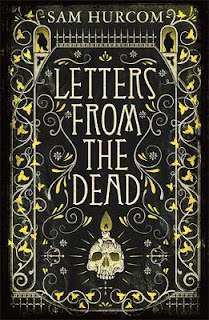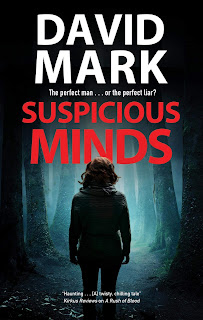Letters From The Dead – Sam Hurcom

I hadn’t realised how much of an impression Sam Hurcom’s first dark horror thriller A Shadow on the Lens had made on me until I saw that Sam Hurcom was publishing another book set in the early 1900s featuring photographer and forensic investigator Thomas Bexley. Set in a remote Welsh village, the first novel was a fabulously atmospheric piece of classic folk horror, not so much a ghost story as a genuinely scary work of dread terror, one that crept into your soul and left an indelible impression. If the events that took place in 1904 in the Welsh village of Dinas Powys make such an impression on the reader, imagine the impact the must have had on Thomas Bexley. Hired by Professor Hawthorn as a special investigator he had been assigned to look into the murder of a 16 year old girl Betsan Tilny, gathering photographic evidence of the crime scene for the new science of forensic investigation. What appeared on the photographs was profoundly disturbing to the investigator, but the whole pl




